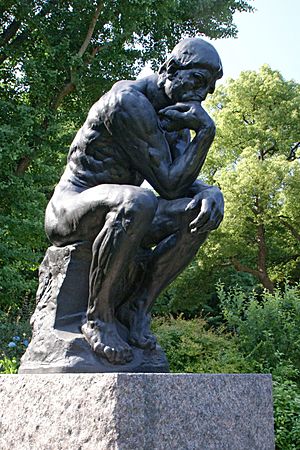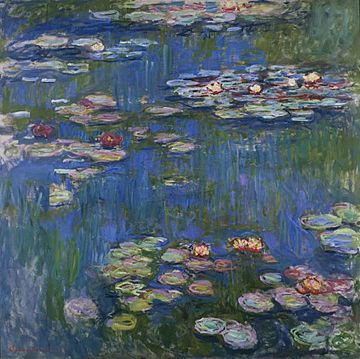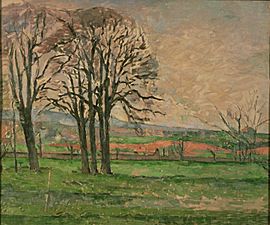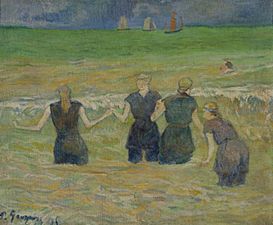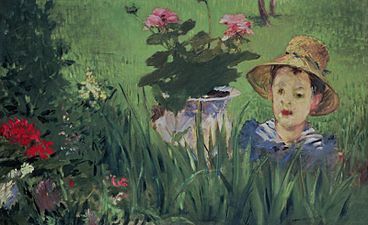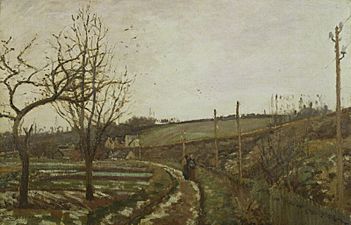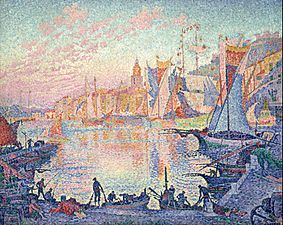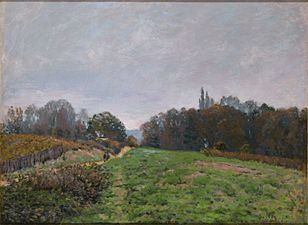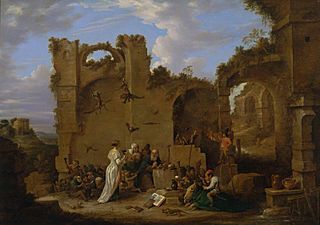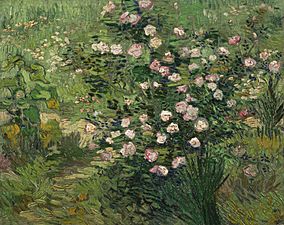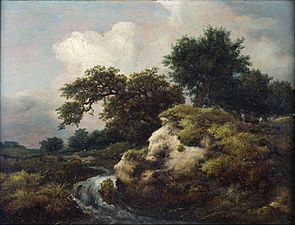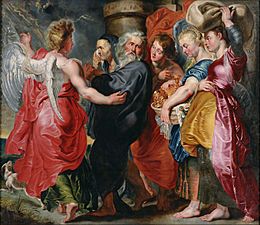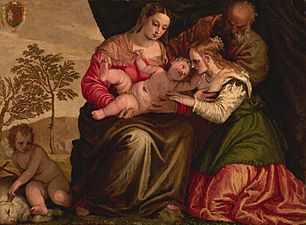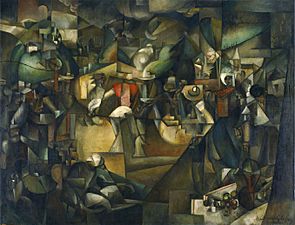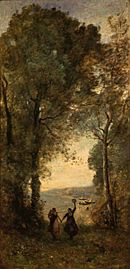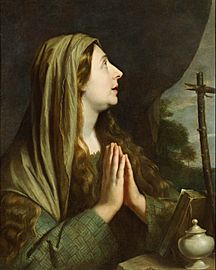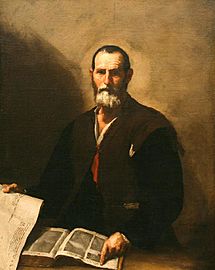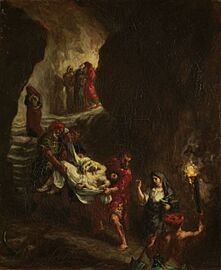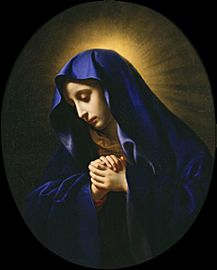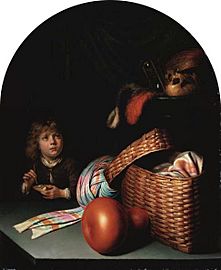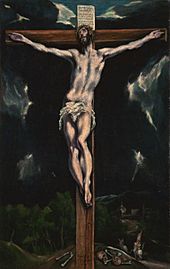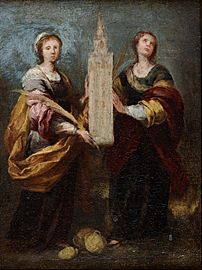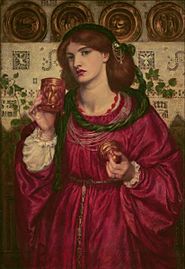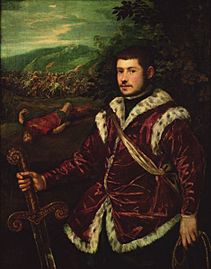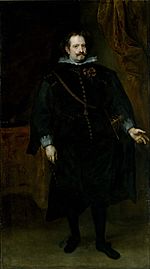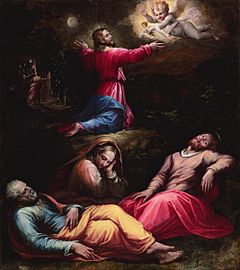National Museum of Western Art facts for kids
| UNESCO World Heritage Site | |
|---|---|
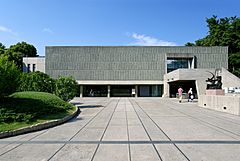
The museum's logo and the main building, designed by the famous architect Le Corbusier
|
|
| Official name | Musée National des Beaux-Arts de l’Occident |
| Location | 7-7 Ueno Imperial Grant Park, Taitō, Tokyo, Japan |
| Part of | The Architectural Work of Le Corbusier, an Outstanding Contribution to the Modern Movement |
| Criteria | Cultural: (i), (ii), (vi) |
| Inscription | 2016 (40th Session) |
| Area | 0.93 ha (0.0036 sq mi) |
| Buffer zone | 116.17 ha (0.4485 sq mi) |
The National Museum of Western Art (NMWA) is Japan's most important public art gallery for art from the Western world. It is located in Ueno Park in Tokyo. The museum is a popular attraction, with over a million people visiting each year.
The museum's building is so special that in 2016, it was named a UNESCO World Heritage Site.
Contents
History of the Museum
The National Museum of Western Art opened on June 10, 1959. Its story began with a man named Kōjirō Matsukata (1865–1950). Matsukata was a businessman who loved art. He collected many paintings and sculptures from Europe.
Matsukata dreamed of creating a museum in Japan where people could see and enjoy Western art. He bought many artworks to form the heart of this future museum's collection.
After World War II, the Japanese government worked with France to bring Matsukata's collection to Japan. This collection became the foundation of the NMWA. Today, the museum's goal is to give everyone a chance to appreciate art from the Renaissance to the early 20th century.
Amazing Art Collections
The museum has around 4,500 artworks. It buys new pieces every year to grow its collection. The art is divided into different sections.
Paintings from Before the 18th Century
In the museum's Main Building, you can see paintings from hundreds of years ago. This includes art by masters like Rubens and Veronese. Many of these are religious paintings that tell stories from Christianity.
Paintings from the 19th and 20th Centuries
The New Wing of the museum features French paintings from the 1800s and early 1900s. This was a time of great change in art. You can see works by famous Impressionist artists like Monet and Renoir.
The collection also includes masterpieces by Van Gogh, Gauguin, and Picasso. There are also modern works by artists like Pollock.
Drawings and Prints
The museum has a wonderful collection of drawings by French artists like Delacroix and Cézanne.
There is also a large collection of prints. Prints are artworks made by pressing an inked plate onto paper. This collection includes works from the 15th to the 20th century by famous artists like Dürer, Rembrandt, and Goya.
Special Exhibitions
Every year, the museum hosts special exhibitions. These shows borrow artworks from other museums and private collections all over the world.
One famous exhibition in 1963 featured 450 works by the artist Marc Chagall. Art was gathered from 15 different countries for the show. In 2020, the National Gallery in London loaned over 60 paintings to the museum. This included Vincent van Gogh's famous Sunflowers painting, which was shown in Japan for the first time.
A World-Famous Building
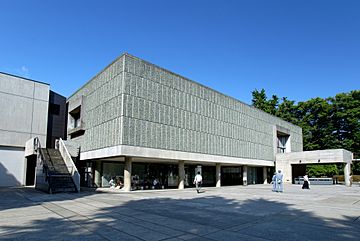
The museum's main building is famous all on its own. It was designed by the Swiss-French architect Charles-Édouard Jeanneret, better known as Le Corbusier. It is the only building he designed in East Asia. When it opened, a newspaper said the building's beauty was as great as the art inside it.
Why Le Corbusier?
The museum was built to hold Kōjirō Matsukata's art collection. After World War II, the French government agreed to return the art to Japan. One condition was that a French architect had to design the museum. Le Corbusier was chosen for this important job.
Le Corbusier worked with three of his Japanese students: Kunio Maekawa, Junzo Sakakura, and Takamasa Yoshizaka. They helped create the detailed plans and managed the construction.
Design of the Building
The building is a square shape and is made of reinforced concrete. Le Corbusier lifted the main galleries onto thick pillars called piloti. This makes the building look like it's floating.
Inside, visitors enter a large, open hall. A ramp leads up to the painting galleries. Le Corbusier designed the ramp so people could get a good view of the sculptures by Auguste Rodin as they walked up. The galleries were designed to be lit by natural daylight, but now they use artificial lights to protect the art.
A Special System of Measurement
Le Corbusier used a special measurement system he invented called the Modulor. This system was based on the proportions of the human body. He used it to design everything in the museum, from the building's main structure to the furniture.
"The modular...is a means of fitting architecture to the human spirit, of ordering the infinitude of possible proportions in such a way as to make them conform to the human shape."
Becoming a World Heritage Site
Because of its unique and important design, the building has received many awards. In 2005, it was named one of the top 100 modernist buildings in Japan.
The biggest honor came in July 2016. UNESCO named the National Museum of Western Art a World Heritage Site. It is part of a group of 17 buildings by Le Corbusier around the world that are recognized for their outstanding contribution to modern architecture.
How to Get There
 JU JK JY JJ G H Ueno Station (with JR East and Tokyo Metro)
JU JK JY JJ G H Ueno Station (with JR East and Tokyo Metro)- JK JY Uguisudani Station (with JR East)
- KS Keisei Ueno Station (with Keisei Electric Railway)
Collection Gallery - Paintings
See also


